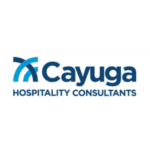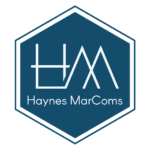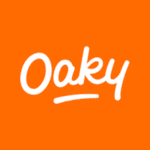 Our clients typically want to understand the current and past trends of the lodging industry and how it may impact their project or its ownership structure and overall financial performance. To this point, Grey Hospitality has collected industry data on the past few years and placed in this addenda items to our research.
Our clients typically want to understand the current and past trends of the lodging industry and how it may impact their project or its ownership structure and overall financial performance. To this point, Grey Hospitality has collected industry data on the past few years and placed in this addenda items to our research.
Grey Hospitality relied on STR’s hotel performance sample data that comprises of 81,000 hotels and 10.5 million hotel rooms around the globe.
Key points
- From 2016-2018 hotels reported the strongest years on record for the lodging industry in total occupancy, average rates, and revenue generated.
- In 2017 and 2018, hotels in the United States operated at the highest occupancy and average rates ever recorded, with additional growth across all metrics, spurring development is most U.S. markets.
- In 2017 and 2018 hotel development activity correlated directly with the ebbs and flows of hotel-sector performance. As the market continued to reach new peaks in 2017 and 2018, developers pursued hotel construction (supply) and redevelopment and repositioning at a pace not seen since 2006 and 2007; and the pipeline of new hotel projects gained momentum.
- Occupancy in 2018 was 66.2 percent, the highest occupancy ever recorded in the U.S.
- Demand was at a record high and during 2018, 1.4 billion rooms were sold out of the 1.8 billion available rooms.
- ADR for 2018 was up 2.4 percent and reported at $129.83.
- Growth rates since 2000 reported occupancy up .21 percent (and 1.54 percent since 2010); average rates up 2.37 percent; and revenue per available room up 2.6 percent. • In 2019, U.S. hotels posted additional industry benchmarks including flat occupancy growth at 66.1 percent compared to 66.2 percent in 2018; ADR rose 1 percent to $131.21 and RevPAR increased 0.9 percent to $86.76 compared to the previous year. The absolute ADR and RevPAR values were the highest STR has ever benchmarked. • By September 2020, the results from STR were devastating because of the pandemic and social unrest. The U.S. hotel industry’s metrics improved slightly in October over the released statistics of September. Compared to September 2019, occupancy was down 32.2 percent to 48 percent, average daily rate was down 24.1 percent to $101.25 and revenue per available room was down 48.5 percent to $48.58.
- The U.S. hotel industry reported all-time lows in occupancy and revenue per available room in 2020, according to year-end data from STR.
- 2021 the U.S. hotel industry reported a year end occupancy at 57.6 percent up 31 percent from 2020 and ADR at $124.67 up 20.7 percent from 2020 and RevPAR at $71.87 up 58 percent from 2020. U.S. hotel occupancy failed to reach 60% for just the second time since 2011. On a nominal basis, 2021 ADR was the fourth highest on record. The country’s RevPAR level was its second lowest in eight years behind only 2020.



















